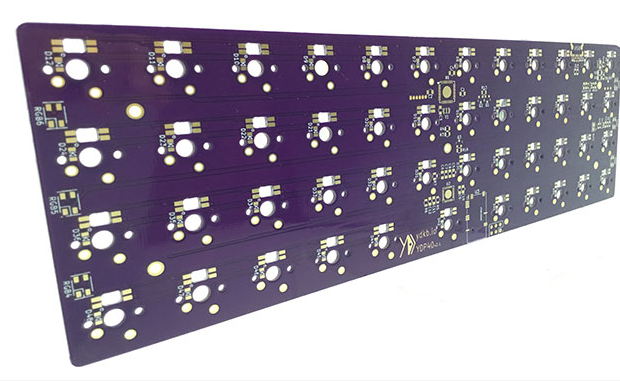What are the requirements for the selection of PCB substrate materials?
What are the requirements for the selection of PCB substrate materials? Today we will explain to you in detail:
1. Satisfy the characteristics of the circuit and the requirements of the use environment of the printed board
The choice of base material must first consider the characteristics of the circuit and the requirements of the environment in which the printed board is used. The working characteristics of the circuit on the printed circuit board are closely related to the performance of the substrate, and the matching of the substrate performance and the circuit must be considered when selecting the substrate. Otherwise, no matter how good the quality of the printed circuit board is, it is difficult to ensure that the circuit has good working performance.
The use environment of the printed board is a factor that must be considered when selecting the base material. The performance degradation of the printed board under the use environmental conditions cannot affect the quality of the electronic product.

2. Meet the reliability requirements of the product
The reliability of a product is the ability of a product, equipment or system to complete a specified function under specified conditions and within a specified time.Printed boards are the basic components of electronic products, and their reliability requirements should be higher than those of complete products. The higher the requirements for the reliability of printed boards, the more stable and reliable the substrate performance is required. .
3. Consider the manufacturability requirements of the product
Considering the manufacturability of the product, it should include the manufacturability of the manufacturing and installation of the printed board. The performance of the substrate should be able to meet the manufacturing and installation process requirements of the printed board.
4. Consider cost requirements
The design of any product must consider the principle of lowest cost. The same applies to the selection of the substrate of the printed board. On the premise of meeting the performance and use requirements, the cost should be considered as low as possible. There are many types of substrates, and the cost varies greatly. When selecting, it is necessary to optimize the cost-effectiveness of the substrate and select the substrate with the best cost-effectiveness.
5. Environmental protection requirements
Considering environmental protection is an inevitable trend in the development of technology in the world today. In the product design process, it should be considered that the product has the lowest impact on the environment during the entire life cycle. Therefore, the use of renewable, recycled or environmentally friendly substrates should be maximized when selecting substrates. Material.
The above is a detailed explanation of the selection requirements of PCB board substrate materials for you. I hope it will be helpful to you.
iPCB is a high-tech manufacturing enterprise focusing on the development and production of high-precision PCBs. iPCB is happy to be your business partner. Our business goal is to become the most professional prototyping PCB manufacturer in the world. Mainly focus on microwave high frequency PCB, high frequency mixed pressure, ultra-high multi-layer IC testing, from 1+ to 6+ HDI, Anylayer HDI, IC Substrate, IC test board, rigid flexible PCB, ordinary multi-layer FR4 PCB, etc. Products are widely used in industry 4.0, communications, industrial control, digital, power, computers, automobiles, medical, aerospace, instrumentation, Internet of Things and other fields.